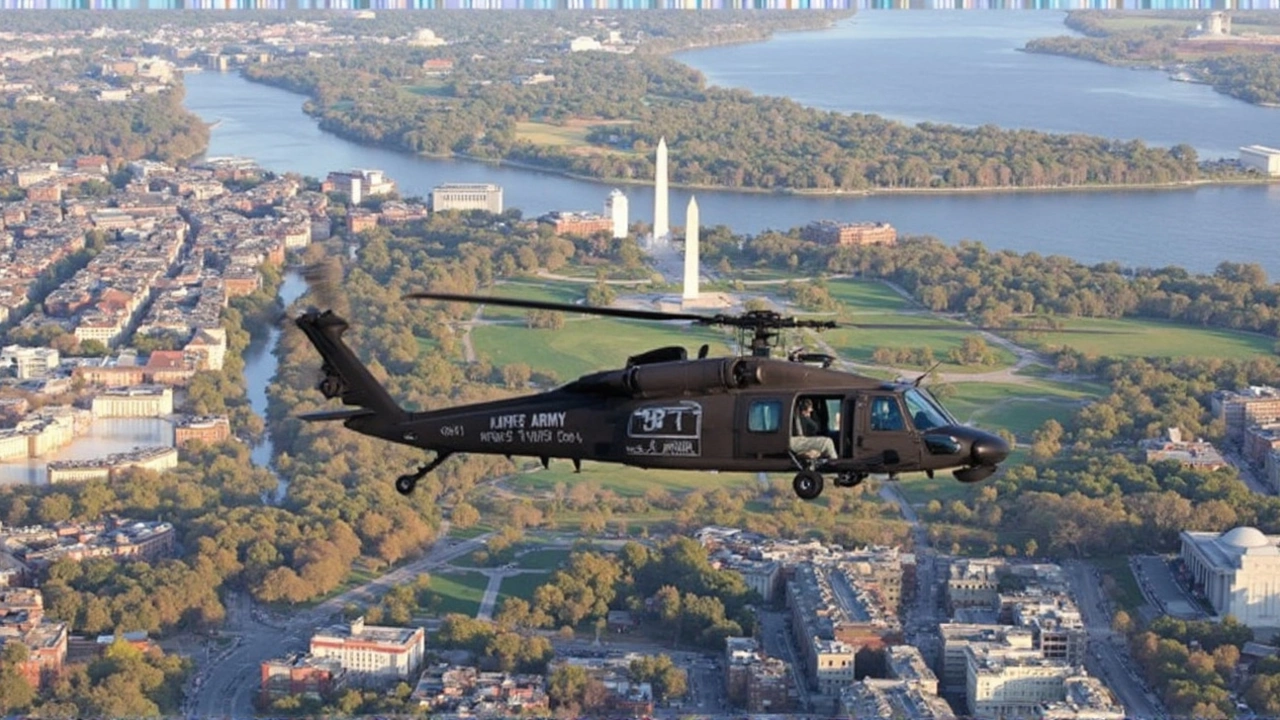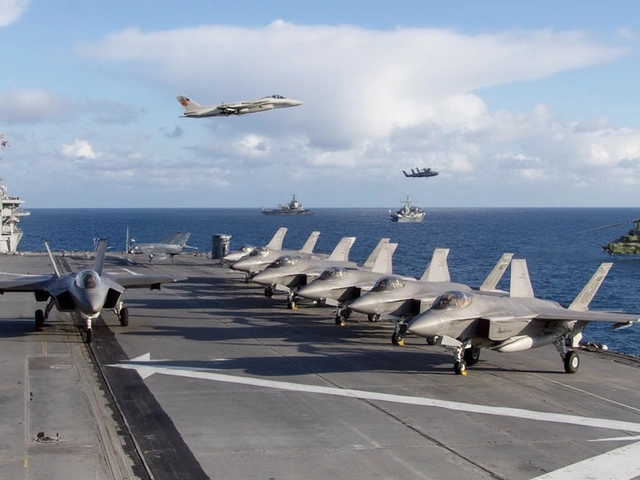Catastrophic Collision Over Washington D.C.
On January 29, 2025, a devastating accident near Reagan National Airport in Washington, D.C., claimed the lives of 67 passengers aboard an American Airlines regional jet and three U.S. soldiers on a military Black Hawk helicopter. This tragic incident cast a spotlight on military training procedures and raised significant questions about the effectiveness of the Continuity of Government (COG) missions designed to safeguard federal leadership during emergencies.
The Black Hawk helicopter was engaged in a typical annual night flight training exercise, which double-served as a 'night vision goggle check ride.' This mission was meant to evaluate the pilots' qualifications under the COG protocol, which ensures rapid evacuation and facilitates government functionality during crises such as terrorist threats or natural disasters.

Investigation Highlights Troubling Oversights
The National Transportation Safety Board (NTSB) launched an investigation revealing troubling altitude discrepancies within the helicopter crew. Moments before the crash, communication between the pilots indicated confusion, with one reporting an altitude of 400 feet and the other 300 feet. Additionally, a critical ATC instruction directing the helicopter to 'pass behind' the commercial jet was reportedly lost, possibly due to the helicopter pilot overlapping it with their own transmission.
The mishap stirred political rhetoric when former President Donald Trump quickly attributed the tragedy to air traffic controllers and criticized diversity policies within the Federal Aviation Administration (FAA). He issued an executive order aimed at halting hires of individuals with 'severe intellectual disabilities,' although this stance lacked substantive evidence connecting it to the crash.
Meanwhile, Defense Secretary Pete Hegseth acknowledged the Black Hawk's presence in a designated COG training corridor. However, he pointed out that the understanding of precise elevation protocols required further clarity, implying a possible gap in operational procedures during such missions.
COG missions emerged post-World War II and gained prominence after the 9/11 attacks, focusing on the readiness of standby helicopters at Joint Base Andrews for evacuating top U.S. officials amid catastrophic events. This crash, however, brought into question the robustness and seamless execution of COG plans under real-world stressful conditions.
The fallout from the collision extends beyond immediate blame, touching on broader issues of military preparedness, the complexities of emergency protocols, and the interconnectedness of government crisis operations. As the NTSB continues to unravel the circumstances surrounding the crash, the vital need to improve coordination and communication in emergency response strategies remains apparent, ensuring the safety of both military personnel and civilians alike.





